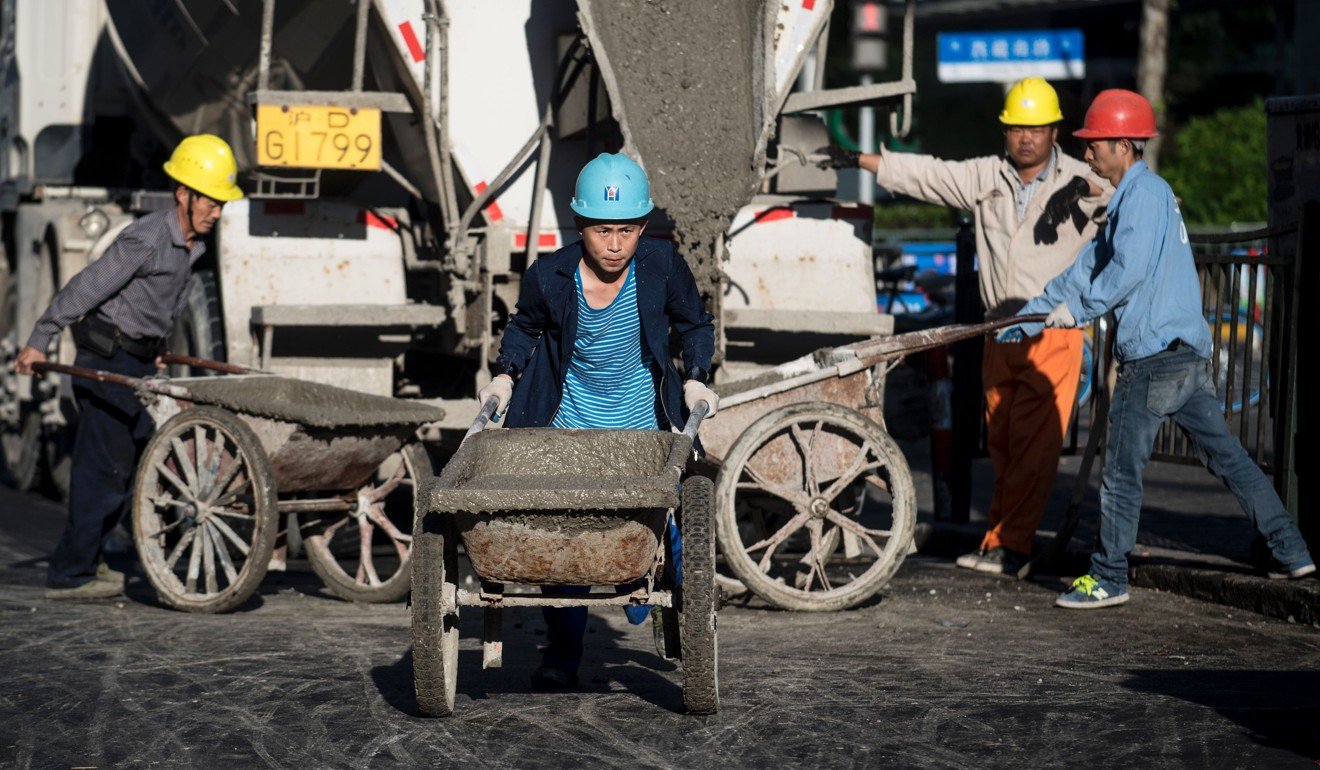
Shanghai caps population at 25 million by 2035 but experts doubt plan will work
Demographers say aggressive target is not feasible or wise
Shanghai wants to cap its population at 25 million people by 2035, leaving little room for the megacity to grow, but demographers say they doubt the plan is feasible.
But Shanghai already had a population of 24.19 million last year, including permanent residents and people who had lived in the city for more than six months.
The cap was actually set last year as a way to provide better urban planning, distribution of public resources and management of the city, but the deadline was 2020.
Now, Shanghai will need to introduce strict measures to control population growth in the next 18 years – but demographers are sceptical.

Some academics believe the city’s population has already passed the 25 million mark – with the real figure closer to 30 million. They say it is not feasible or wise to set such an aggressive target.
“It will be a very difficult target to achieve if Shanghai continues to position itself as this centre for various sectors – a financial hub, an innovation hub,” said Lu Jiehua, a sociology professor at Peking University. “Naturally, this brings investment and a floating population to the city.”
Lu said even if migrant workers were driven out of the city by moving manufacturers elsewhere – such as to neighbouring Jiangsu and Zhejiang provinces – Shanghai would still depend on them.
“They’ll need nannies and helpers to take care of the elderly, for example,” Lu said.
Shanghai is the “oldest” city in China, with the country’s highest average life expectancy at 83.2 in 2016. Some 31 per cent of its permanent residents were aged over 60 last year.
Sociologist Chen Youhua, a professor at Nanjing University, agreed that the population had probably already passed the “pointless” target of 25 million.
“Curbing the population is unimaginable, and it’s also detrimental ... It will ruin a city’s development prospects, even in Shanghai,” Chen said. “Controlling the population in cities such as Beijing and Shanghai is more of a political decision.”

Zhang Chewei, another demographer, wrote in the Chinese Journal of Population Science that there was no need for the cap because Shanghai’s population would stabilise. “It is already less attractive to migrant workers as there is less of an income gap between the regions and its economy is slowing down,” wrote Zhang, vice dean of the Institute of Population and Labour Economics at the Chinese Academy of Social Sciences.
Instead, Zhang said tackling issues such as the ageing population was a more urgent task, and Shanghai would need a young and highly skilled workforce if it was to stay competitive and innovative.
Chen said “big city disease” – referring to megacities with pollution and traffic problems, and where public services are strained – was unavoidable as a city grew and its economy developed. He added that any society needed professionals as well as low-skilled workers to function.

